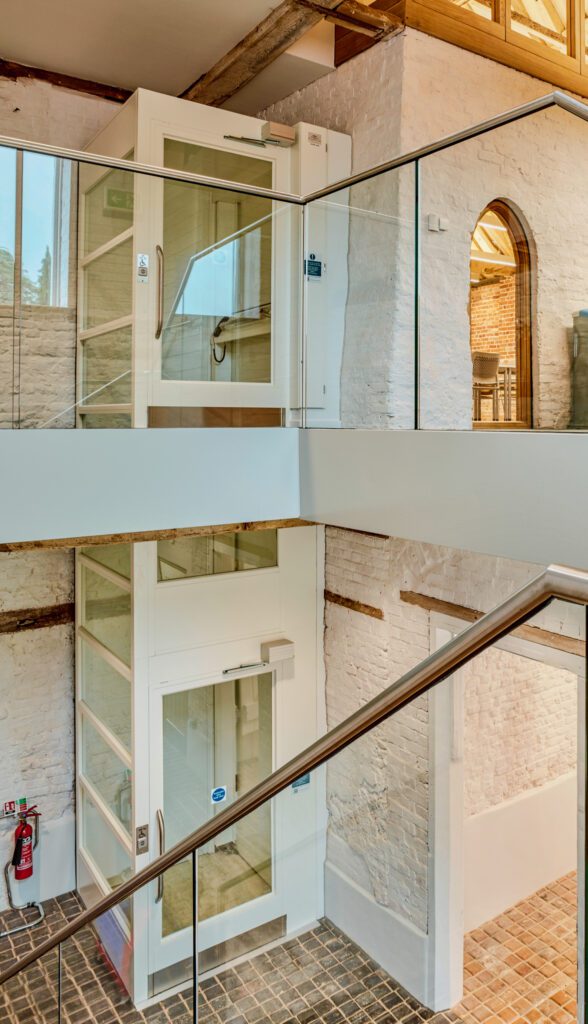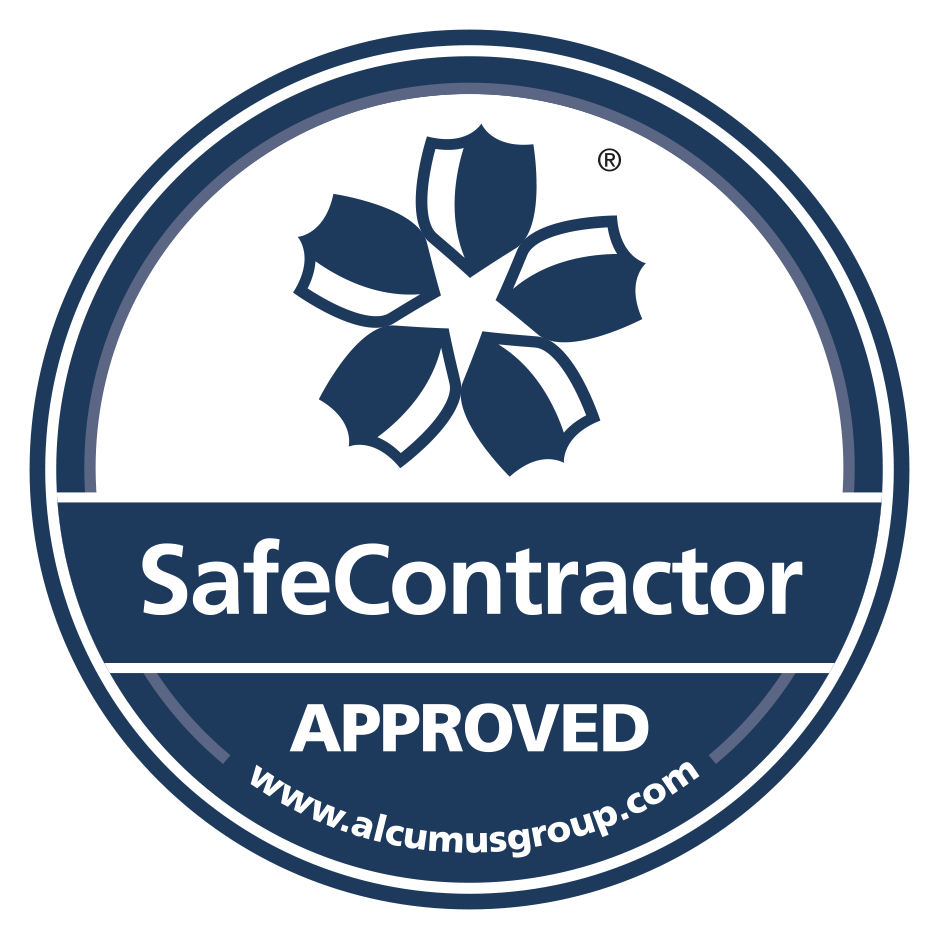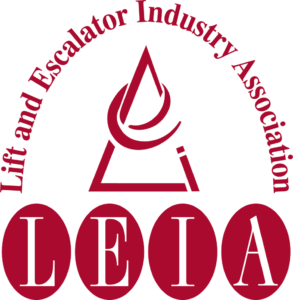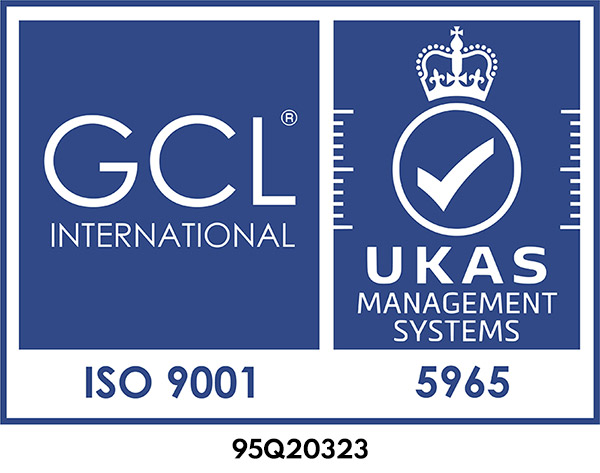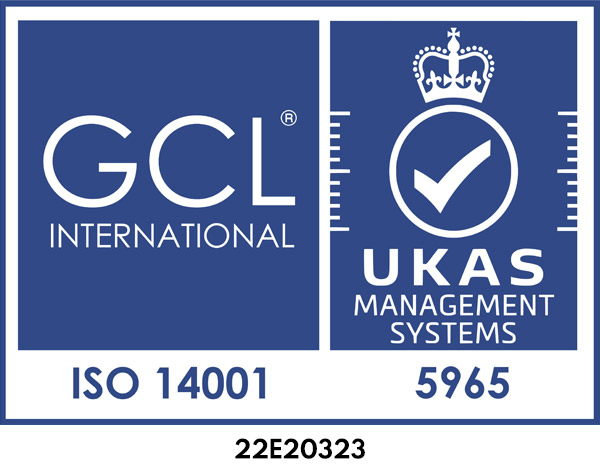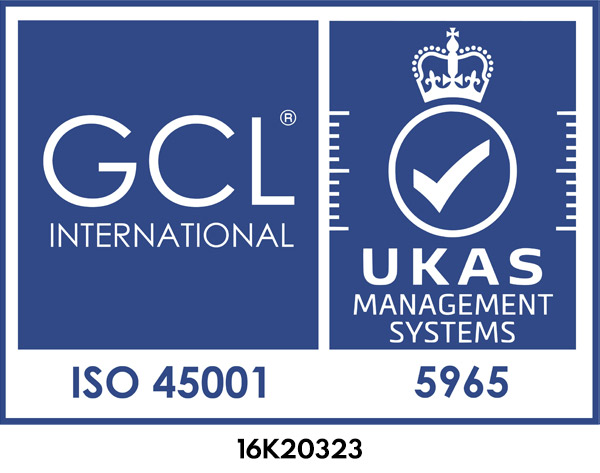How effective is your lift’s communication system in the case of an emergency? There are over 300,000 emergency lift lines in the UK, and by 2027, the traditional Public Switched Telephone Network (PSTN) will be permanently shut down. This will force thousands of lifts to switch from analogue to digital, IP, or cellular-based emergency communication systems. For building owners, developers, and facility managers, this technological upgrade is a legal obligation that ensures no one is ever left trapped or unheard.
At Alliance Platform Lifts, we believe that safety and innovation should move hand in hand. That’s why we’re here to tell you everything you need to know about your lift’s emergency communication systems, and how to keep your building compliant.
Understanding Lift Emergency Alarms and Their Importance
Imagine being trapped in a lift. The lights dim, movement stops, and silence fills the cabin. In that moment, the emergency alarm is your direct line to help.
Since 1998, UK law has required every new lift installation to include a two-way emergency communication system. These systems connect trapped passengers to a staffed rescue or monitoring centre, providing immediate reassurance and a direct path to rescue.
Not only do these systems provide peace of mind, but they also ensure a duty of care, compliance, and human safety for your passengers. A properly functioning lift alarm changes the outcome between a controlled response and a crisis.
Legal Requirements for Lift Emergency Systems
Lift emergency communication systems are regulated under LOLER 1998 (Lifting Operations and Lifting Equipment Regulations) and aligned with European and British safety standards such as BS EN 81-28, BS EN 81-1, EN 81-2, and BS EN 81-80. Together, these form the backbone of UK lift safety law.
Here’s what the law requires:
- Two-Way Voice Communication: Passengers must be able to always talk directly with rescue personnel.
- Permanent Connection: The system must connect to a monitoring service or rescue centre 24/7.
- Location Transmission: The lift must automatically provide its identification and location once the alarm is activated.
- Backup Power: The communication system must remain functional during power failures for at least eight hours.
- Accessible Controls: The alarm button must be easy to use, clearly marked, and within reach of all passengers, including those with disabilities.
- Regular Testing: The system must be inspected, maintained, and tested regularly to remain compliant.
As the UK transitions to digital connectivity, any lift using analogue phone lines must be updated to operate on VoIP or GSM-based communication systems. Failure to do so could result in non-compliance and, more importantly, endanger trapped passengers.
Key Features of a Compliant Lift Emergency Alarm
A compliant lift emergency alarm is a system that listens, connects, and responds instantly.
Two-Way Communication System
- Enables clear, uninterrupted voice communication between trapped passengers and rescue services.
- Must include voice stations in the lift car, the machine room, and on the car top and pit for maintenance access.
Autodialler Functionality
- Automatically calls a monitoring or rescue centre when the alarm is pressed.
- Uses dedicated lines, GSM modules, or VoIP systems to ensure instant connectivity, even during mains failures.
Power Supply and Connectivity
- Equipped with emergency backup power lasting up to eight hours.
- Can operate through hardwired, GSM, or IP-based systems, provided reliability standards are met.
Safety Sensors and Smart Alerts
- Door obstruction and overload sensors prevent unsafe lift movement.
- Emergency connection sensors verify that the alarm system is active and ready.
System Monitoring and Testing
- Modern systems include automated diagnostics that report faults in real time.
- Regular testing ensures system has continuous compliance.
Accessibility and User Interface
- Must feature tactile and visual feedback for accessibility.
- Should provide visual and audible confirmation once communication is established.
Alliance’s systems meet and often exceed these standards, ensuring continuous communication, automated reporting, and instant response capability.
Lift Alarm Testing: Frequency and Best Practices
Testing is a legal necessity, and lift emergency alarms should be tested at least once a month to ensure they work correctly.
Here’s what good testing practice looks like:
- Monthly Function Checks: Verify voice clarity, alarm activation, and signal strength.
- Backup Power Tests: Ensure emergency power systems engage automatically during mains failure.
- System Self-Diagnostics: Review automated fault logs and rectify any recorded issues.
- Annual Certification: Have a qualified engineer conduct a full communication audit annually.
At Alliance, our engineers provide automated test scheduling and reporting tools that make compliance effortless. You’ll always have proof your system meets UK safety standards.
Maintenance Tips for Lift Emergency Communication Systems
A compliant lift alarm system is only as reliable as its maintenance schedule.
Here’s how to keep yours performing flawlessly:
- Partner with Certified Lift Service Companies: Choose accredited experts like Alliance Platform Lifts Service & Aftercare.
- Record Every Test: Maintain a digital logbook of all tests, updates, and repairs.
- Upgrade Analogue Systems: Replace outdated PSTN systems with GSM, VoIP, or IoT alternatives.
- Clean and Inspect Hardware: Dirt, moisture, or wiring faults can degrade voice clarity.
- Train Staff: Building managers should know how to operate and test alarms.
Routine maintenance ensures your communication systems are unified, mechanised, and always ready, no matter the emergency.
Common Issues and How to Avoid Non-Compliance
Even modern systems can fail without proper oversight. The most common issues include:
- Analogue System Obsolescence: Many PSTN-based alarms will fail after 2027 if not upgraded.
- Faulty Backup Batteries: Old batteries reduce communication time during outages.
- Poor Audio Clarity: Often caused by worn microphones or damaged cabling.
- Unrecorded Tests: Missing maintenance records can lead to legal penalties.
Prevention Tip: Schedule a compliance audit with Alliance’s engineers to ensure your lift systems are safe, digital-ready, and fully aligned with the latest UK regulations.
Why Partner with Alliance for Safe and Compliant Lift Systems
At Alliance Platform Lifts, safety is built into everything we do. With decades of experience and a reputation for precision, our lift communication systems are designed for reliability, compliance, and complete peace of mind.
- Certified Expertise: Fully compliant with BS EN 81-28, LOLER, and UK Health & Safety standards.
- Nationwide Engineering Support: Over 50 trained specialists on call 24/7.
- Smart Modernisation: Digital retrofitting solutions for existing lifts.
- Collaborative Approach: We work hand in hand with architects, developers, and property managers.
- Aftercare-First Service: Proactive maintenance and rapid response for ongoing safety assurance.
Whether you manage a high-traffic commercial building or a homely residential property, our bespoke systems are designed to complement your space.
Conclusion: Safety You Can Hear
Your lift’s communication system is more than a button. As the UK moves into a digital era, ensuring your lift emergency alarm is compliant, connected, and operational is essential.
From two-way voice systems to automated fault reporting and power resilience, Alliance Platform Lifts delivers fully compliant solutions that keep your passengers safe and your building legally sound.
Don’t wait for regulations to catch up. Future-proof your building today with our space-efficient and beautifully engineered communication systems.
Book your compliance consultation today: Alliance Platform Lifts
Explore our Service & Aftercare Options

